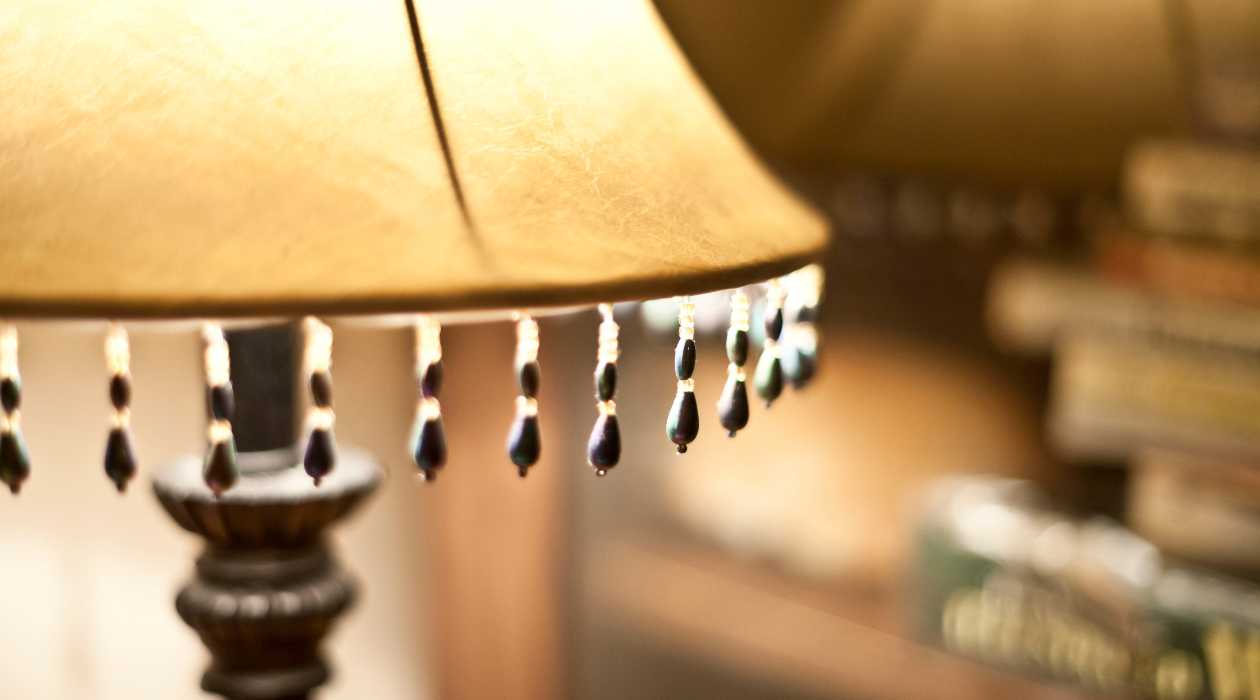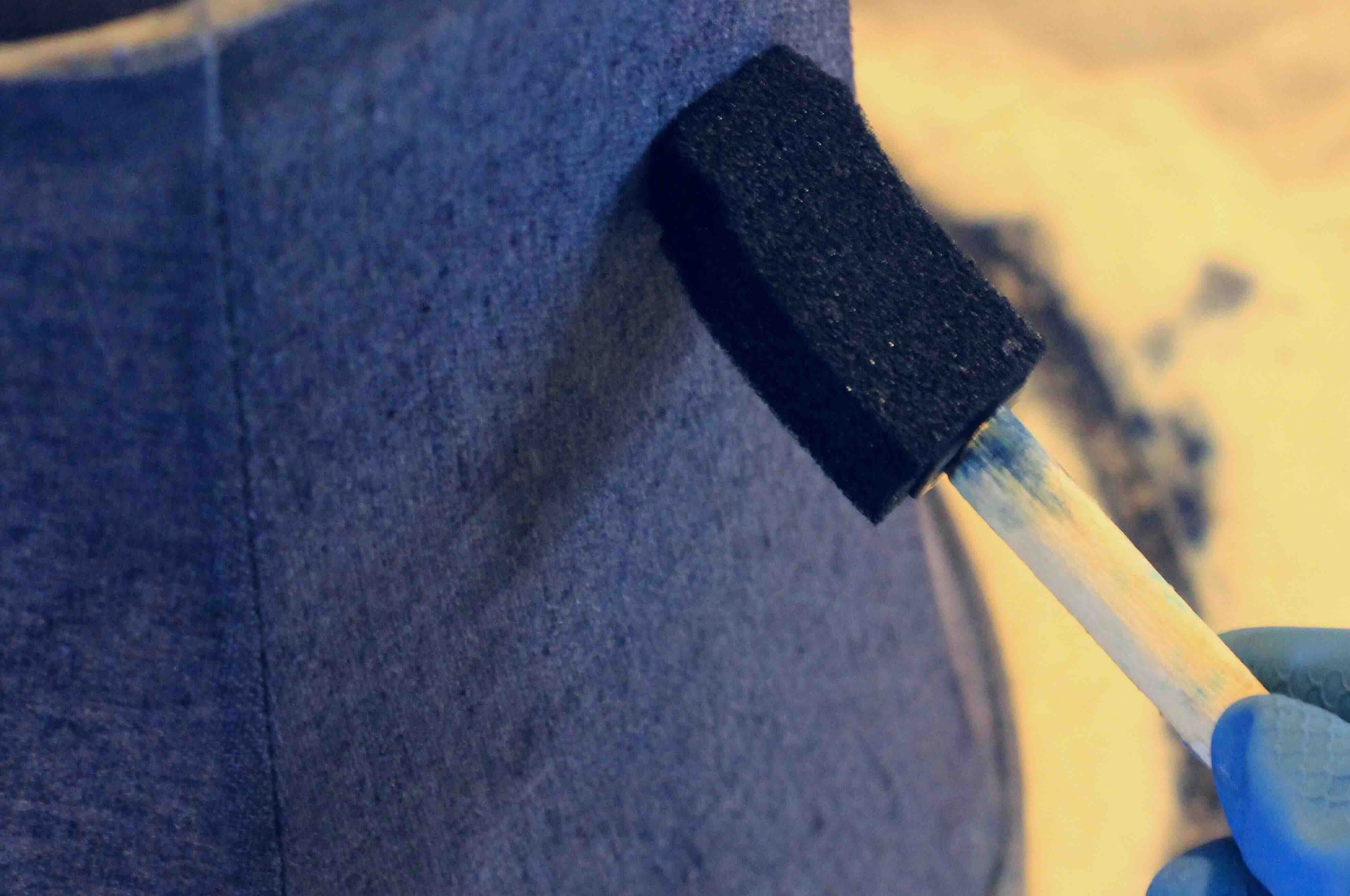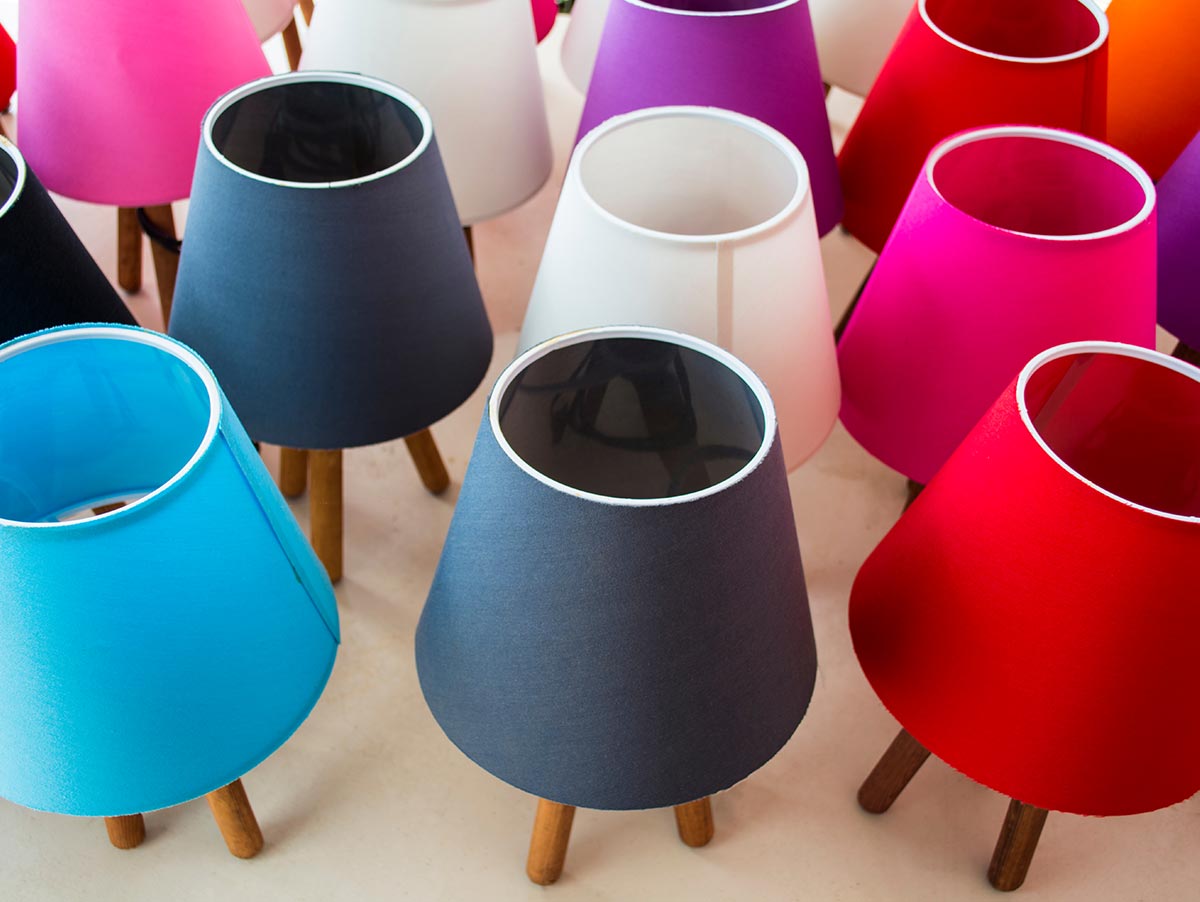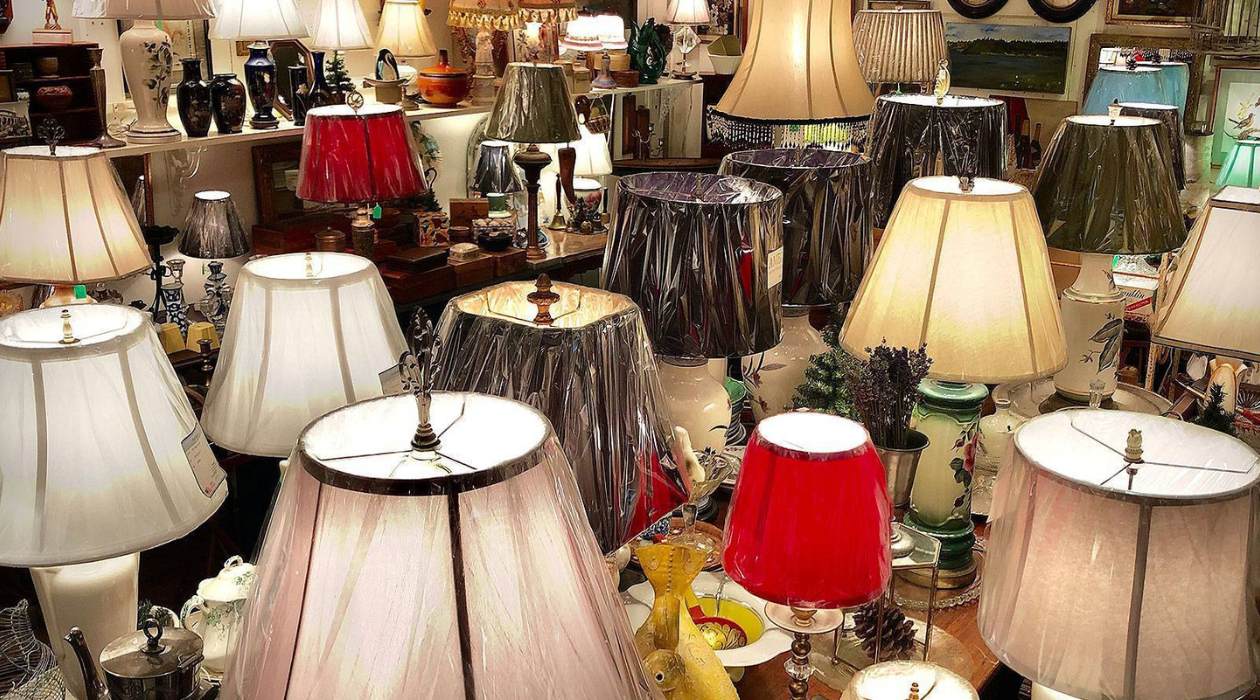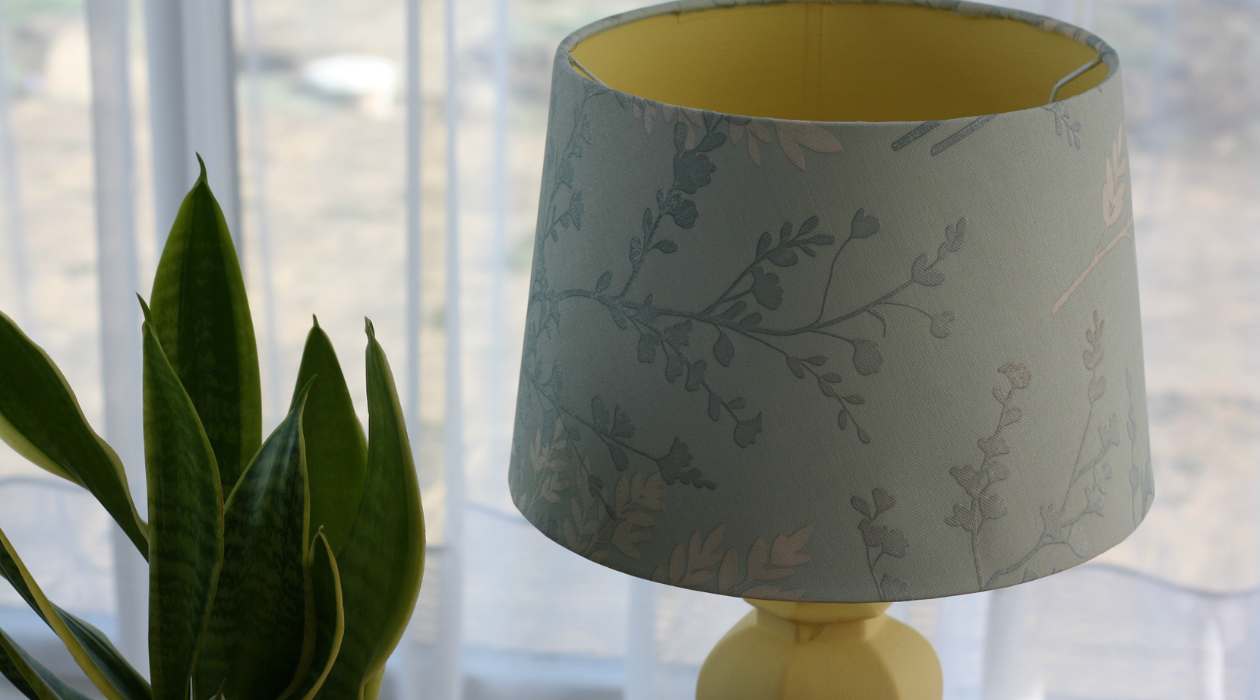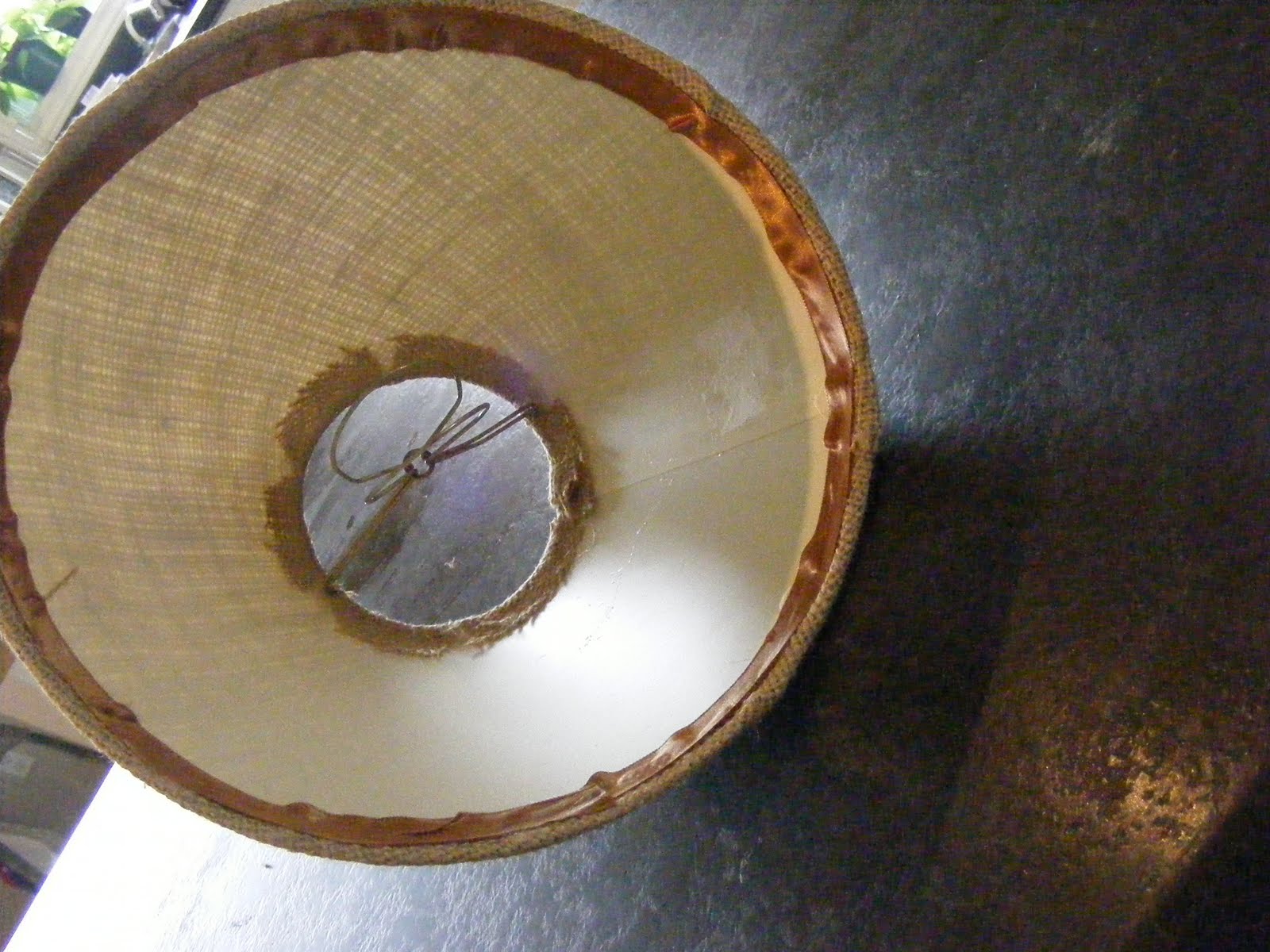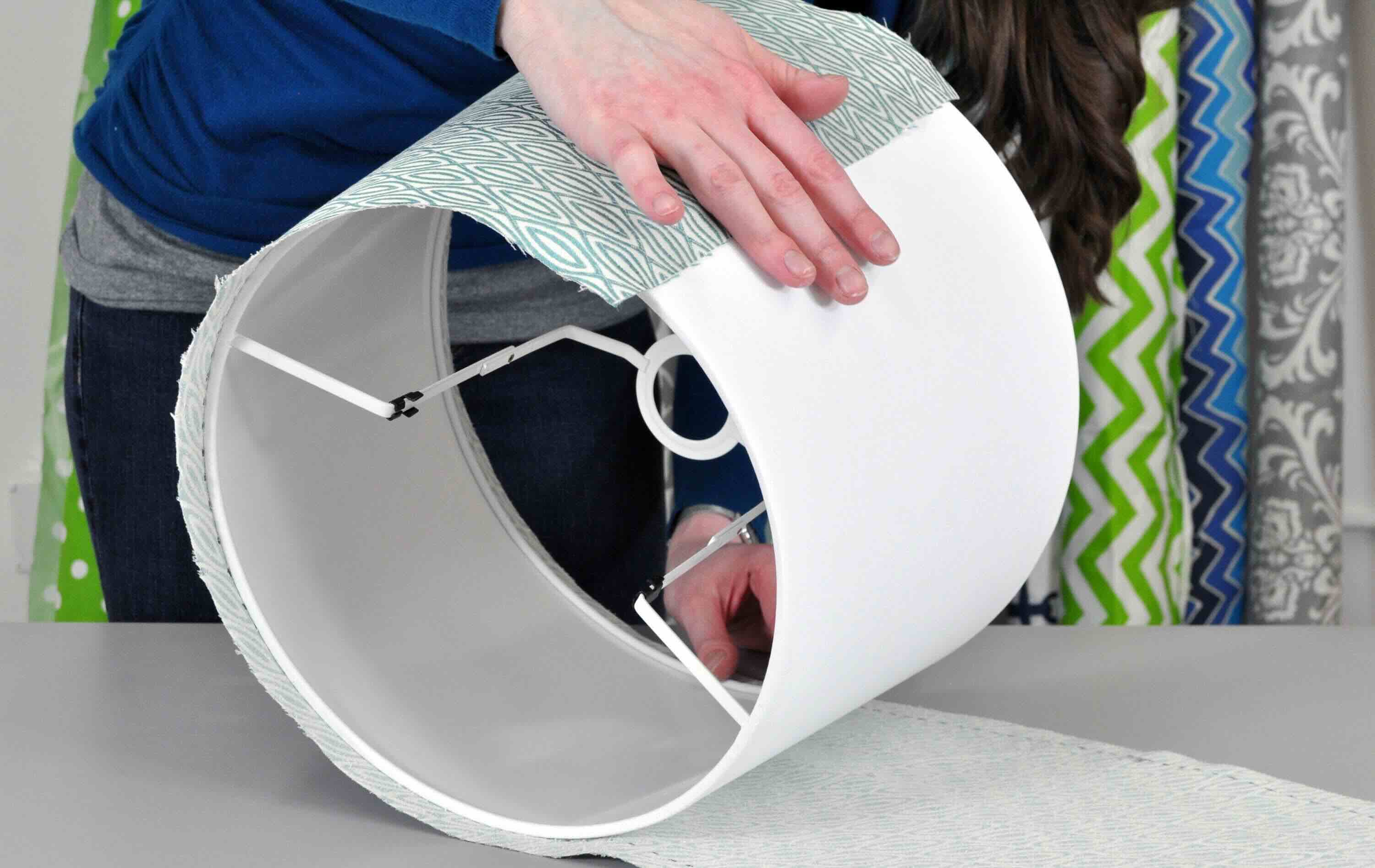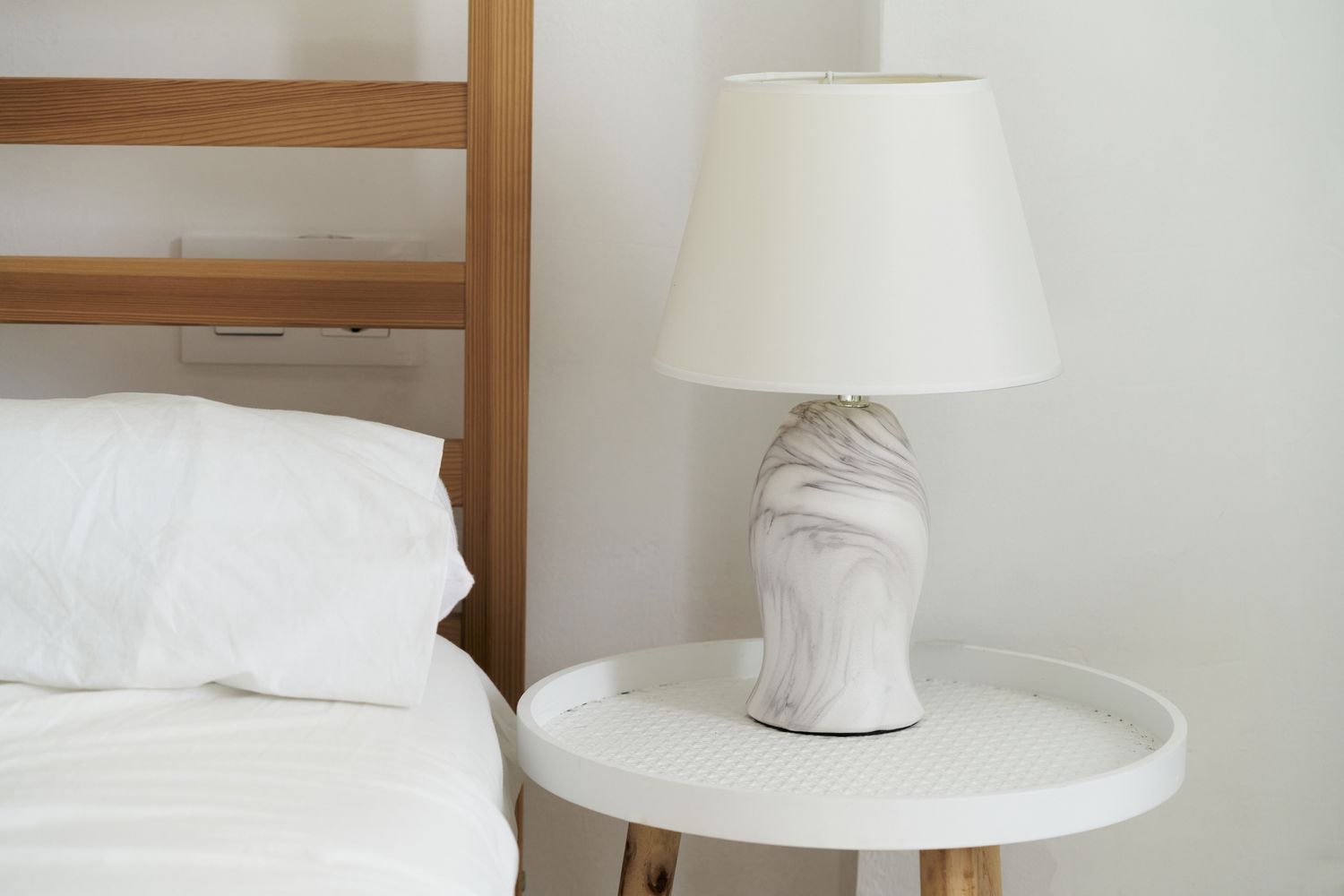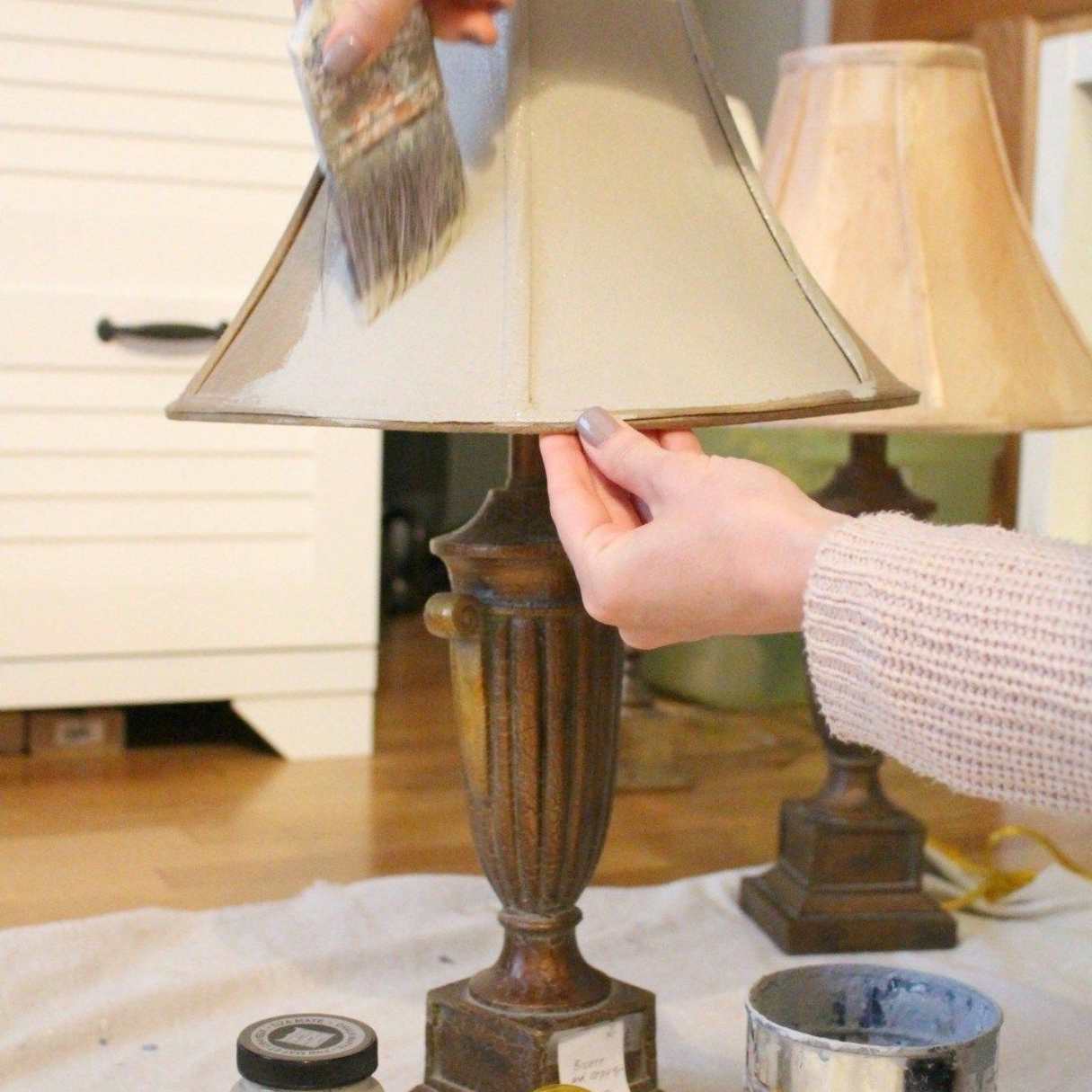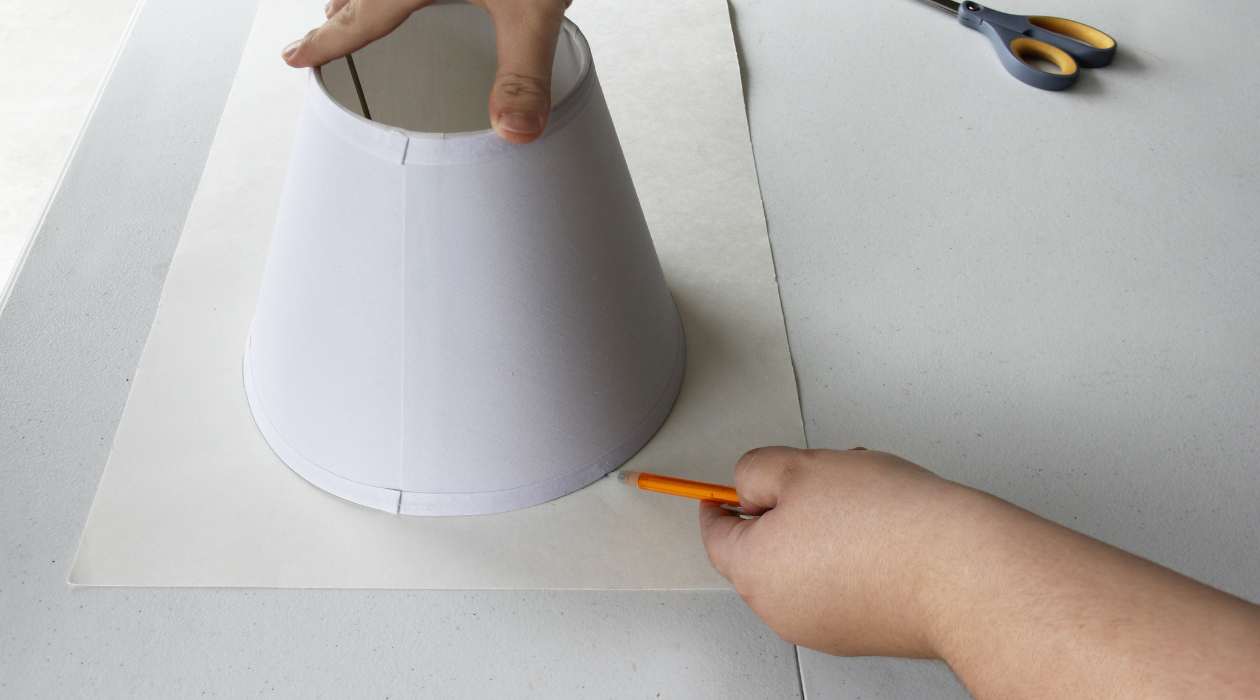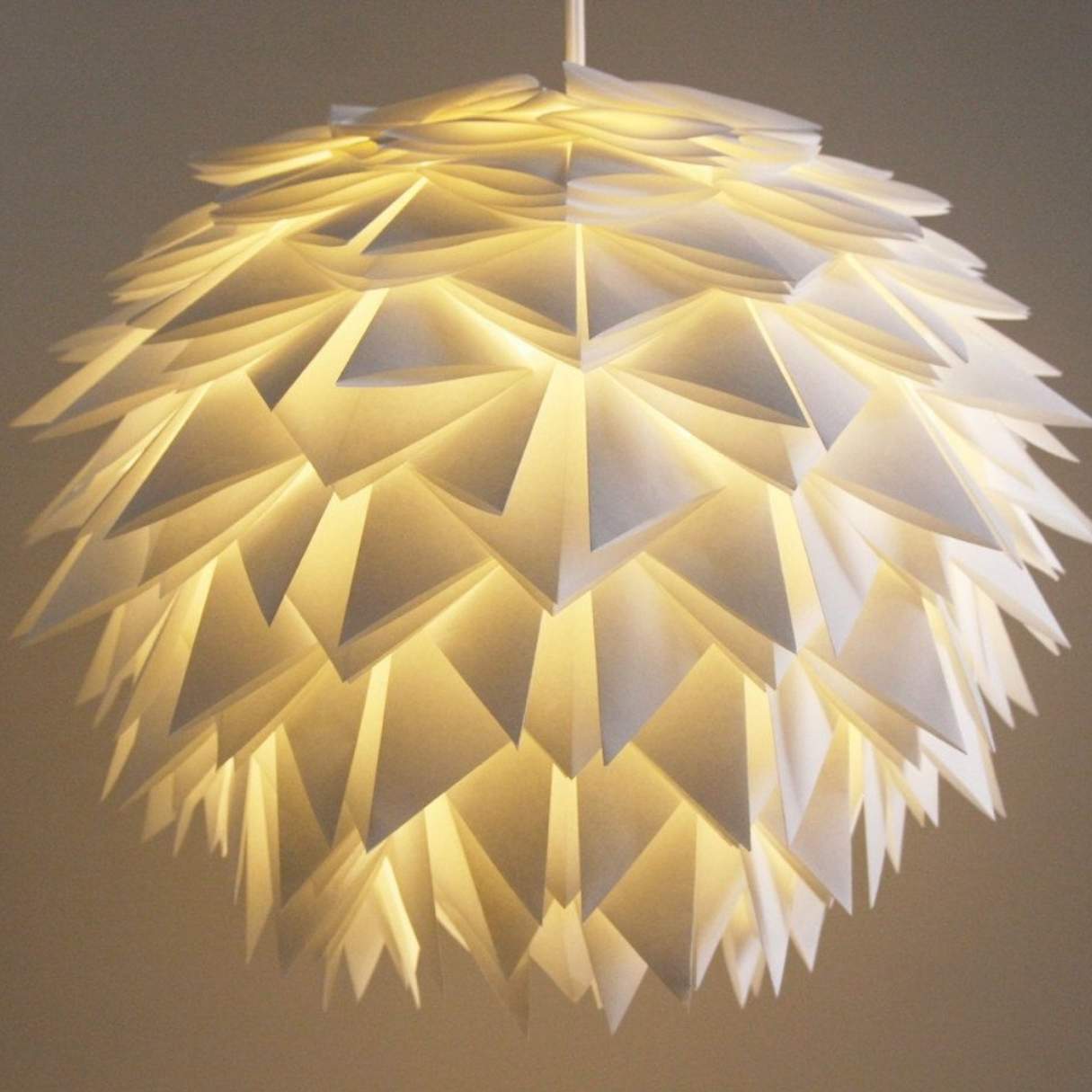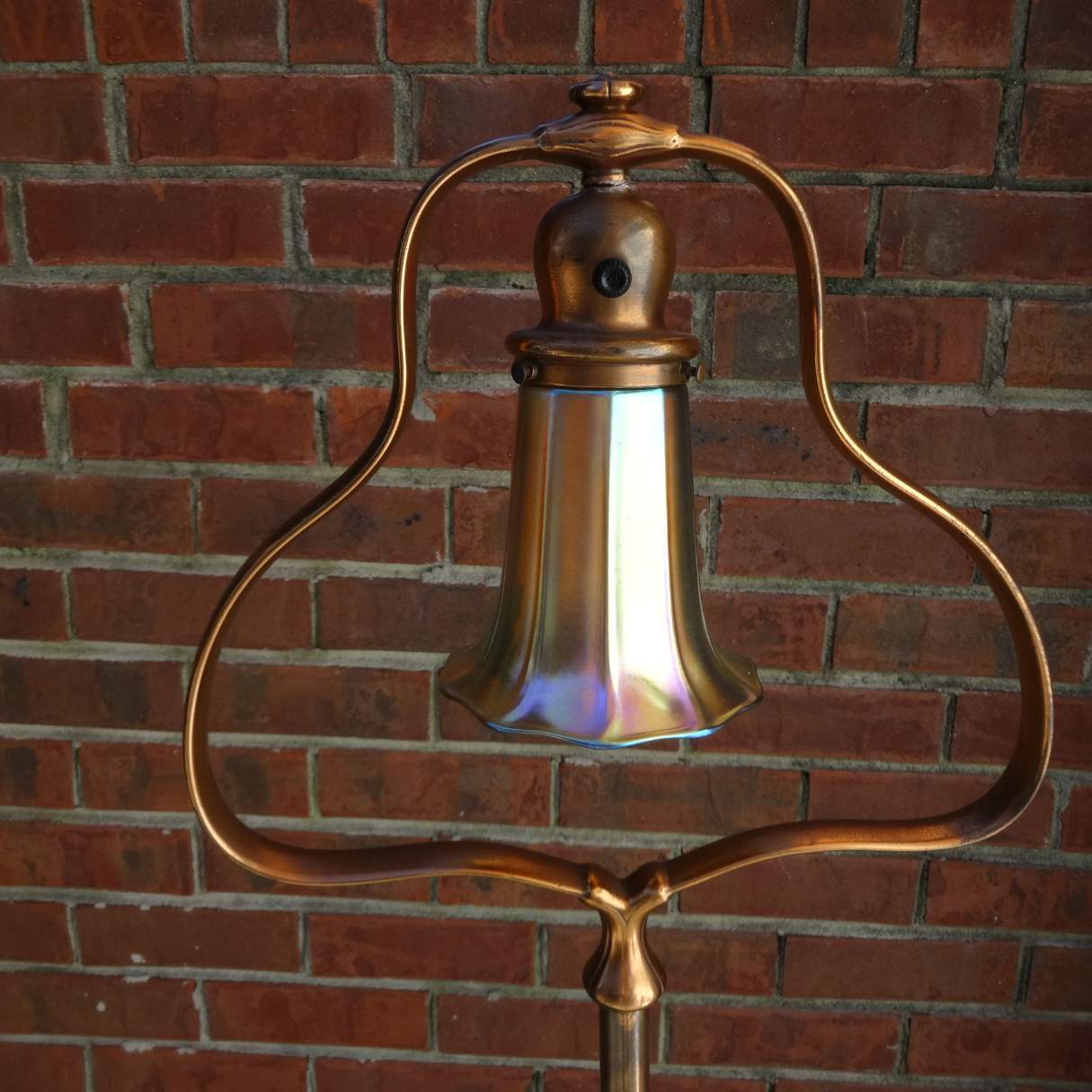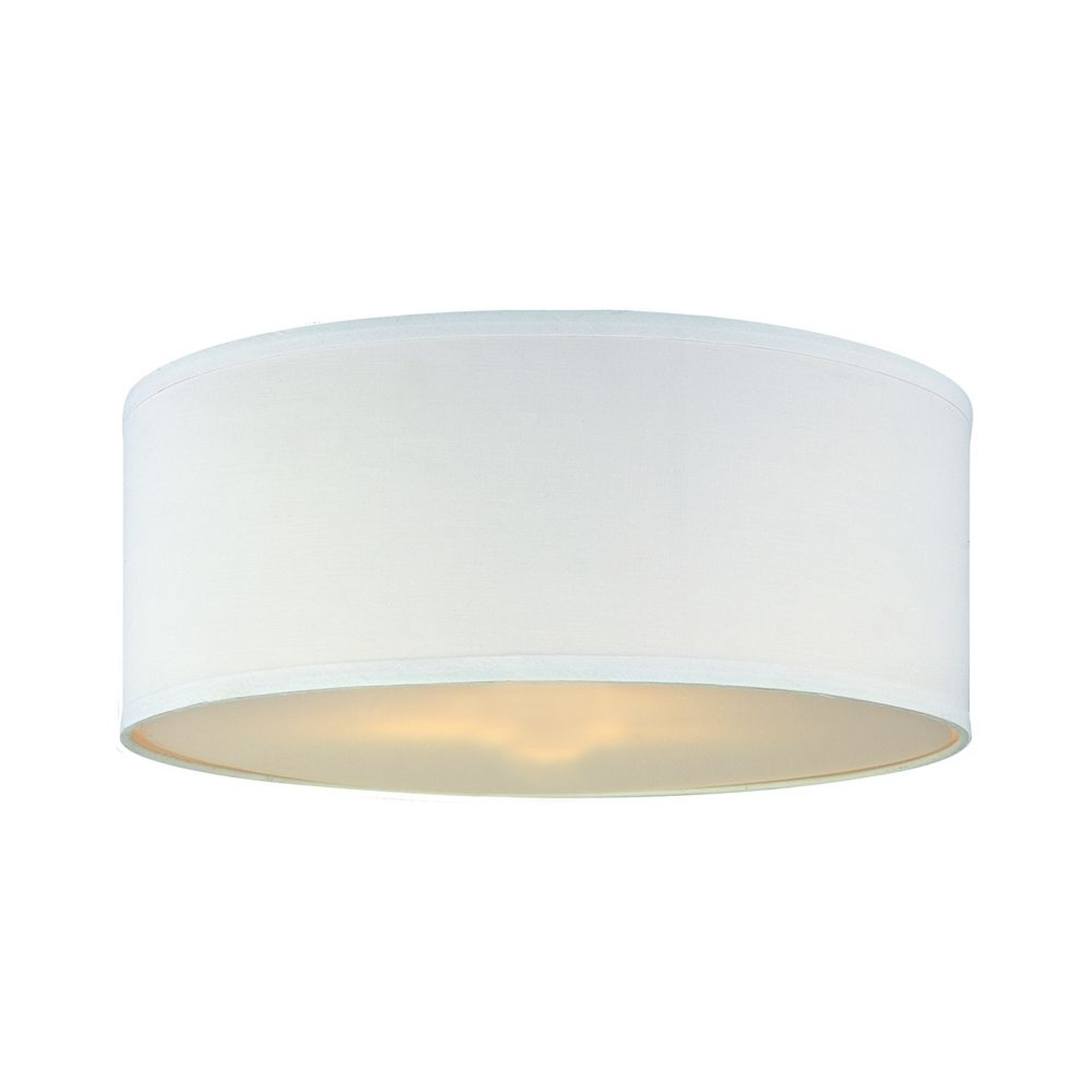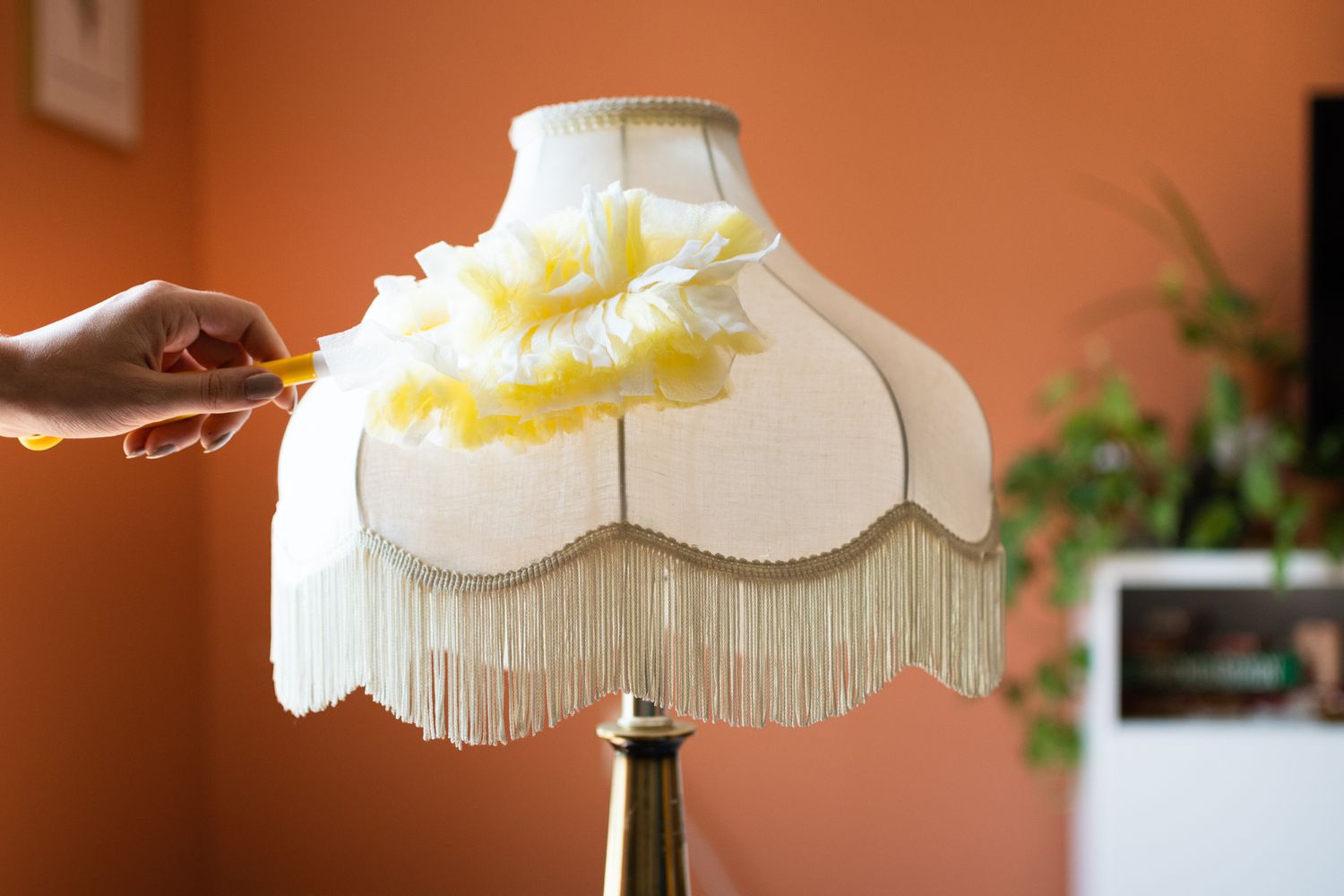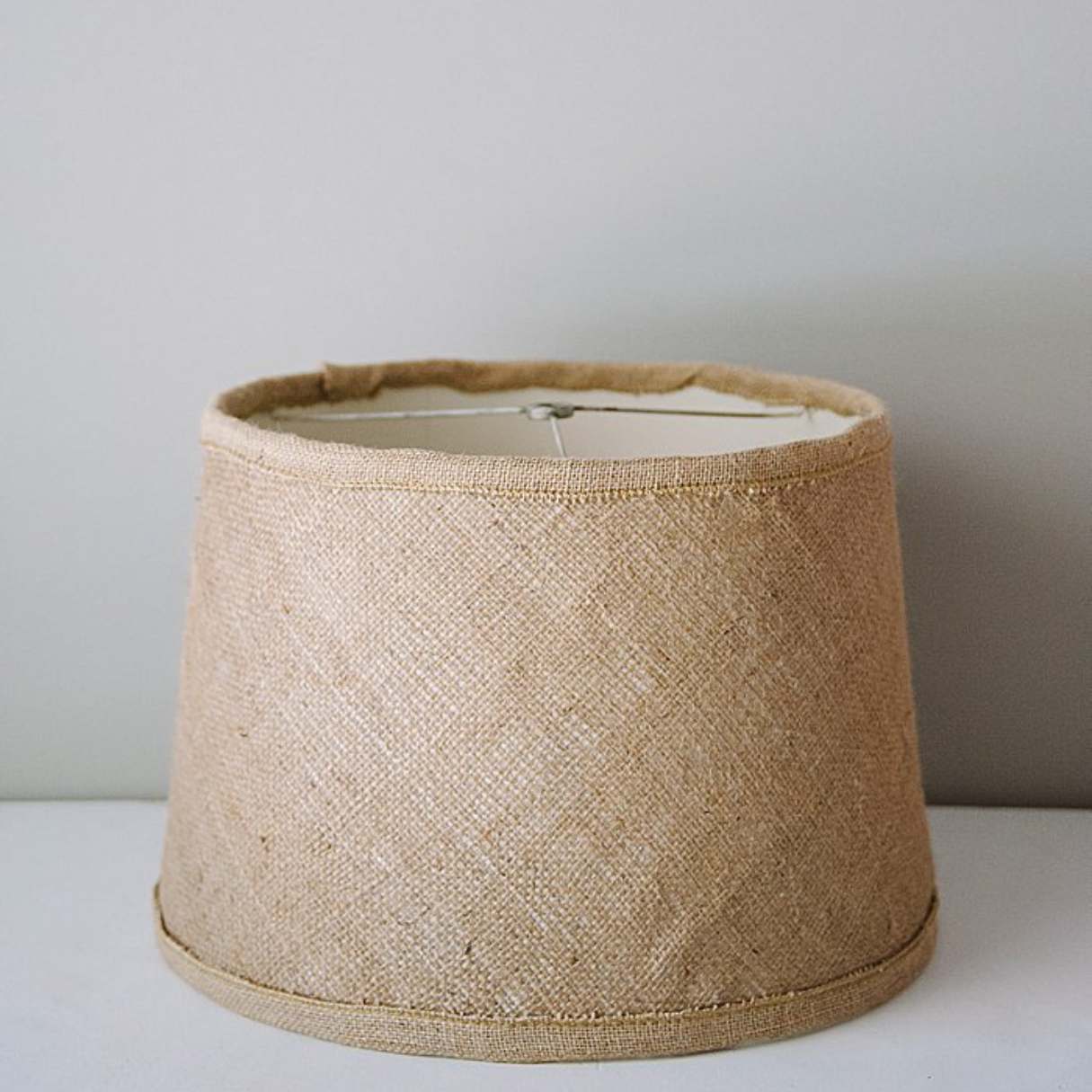

Furniture
How To Put A Lamp Shade On
Modified: January 18, 2024
Learn how to properly put a lamp shade on your furniture with our step-by-step guide. Enhance your home decor and create a cozy ambiance.
(Many of the links in this article redirect to a specific reviewed product. Your purchase of these products through affiliate links helps to generate commission for Storables.com, at no extra cost. Learn more)
Introduction
When it comes to furnishing your home, lighting plays a crucial role in creating a warm and inviting ambiance. A strategically placed lamp can not only brighten up a room but also add style and personality to your interior design. And one of the key elements of a lamp is the lamp shade. It not only helps diffuse the light but also serves as a decorative accent.
If you’ve recently purchased a new lamp shade or simply want to give your old lamp a fresh look, you may be wondering how to put on a lamp shade properly. While it may seem like a straightforward task, there are a few steps to follow to ensure a secure and visually appealing attachment.
In this article, we will guide you through the step-by-step process of putting a lamp shade on your lamp. From gathering the necessary materials to adjusting and aligning the shade, we’ll cover everything you need to know. So let’s get started and transform the look of your lamp with a perfectly fitted lamp shade!
Key Takeaways:
- Choose the right size, shape, material, and color of the lamp shade to enhance the aesthetic appeal of your lamp and the overall decor of your room. This will transform the look and feel of your living space with a well-fitted and stylish lamp shade.
- Properly adjust and align the lamp shade to achieve optimal lighting and a visually appealing look. Test the lamp and make final adjustments to ensure the perfect lighting effect, enhancing the style and functionality of your lighting fixtures.
Read more: How To Put A Lamp Shade On A Ceiling Light
Step 1: Gather your materials
Before you begin the process of putting a lamp shade on, it’s essential to gather all the materials you’ll need. Having everything prepared will make the process smoother and more efficient. Here’s a list of items you should have on hand:
- Lamp shade: Choose a lamp shade that complements your lamp base and the overall aesthetic of your room. Consider factors such as size, shape, color, and fabric.
- Lamp base: Ensure that your lamp base is clean and free from any dust or debris.
- Lamp harp: The lamp harp is a metal wire that holds the lamp shade in place. Check if your lamp base already has a harp attached. If not, you may need to purchase one separately.
- Lamp finial: The lamp finial is a decorative piece that screws onto the top of the harp. It adds the finishing touch to your lamp and can be selected based on your personal preference.
- Lampshade hardware: Depending on the type of lamp shade and lamp base you have, you may require additional hardware such as a finial cap or shade risers.
- Clean cloth: Use a clean, lint-free cloth to wipe down the lamp base and any other surfaces that may come into contact with the lamp shade.
Having all these materials readily available will ensure a seamless process when it’s time to put the lamp shade on your lamp. Now that you have everything gathered, let’s move on to the next step of choosing the right size and type of lamp shade!
Step 2: Choose the right size and type of lamp shade
Choosing the right size and type of lamp shade is crucial to ensure proper fit and desired aesthetics. Here are some factors to consider when selecting a lamp shade:
Size: Measure the height and width of the lamp base to determine an appropriate size for your lamp shade. As a rule of thumb, the height of the lamp shade should be approximately three-quarters the height of the lamp base. Additionally, ensure that the bottom diameter of the shade is wider than the widest part of the lamp base.
Shape: Lamp shades come in various shapes, including drum, tapered, empire, and bell. Consider the overall style of your lamp base and the room decor when choosing the shape of the shade. A drum shade creates a modern and clean look, while a tapered shade offers a more traditional or vintage appeal.
Material: Lamp shades are available in a range of materials, such as fabric, paper, glass, and metal. Consider the level of light diffusion you desire and the durability of the material. Fabric shades provide soft, diffused lighting, while paper shades offer a cozy and warm glow. Glass and metal shades add a touch of elegance and can also act as statement pieces.
Color: The color of the lamp shade should complement the overall color scheme of the room. Consider the mood you want to create: a light-colored shade will create a brighter and airy atmosphere, while a darker shade will create a cozy and intimate ambiance.
By carefully selecting the right size, shape, material, and color of the lamp shade, you can enhance the aesthetic appeal of your lamp and the overall decor of your room. Once you have chosen the perfect lamp shade, it’s time to move on to the next step of removing the old lamp shade (if applicable).
Step 3: Remove the old lamp shade (if applicable)
If you are replacing an existing lamp shade, it’s important to remove the old one before proceeding. Follow these steps to remove the old lamp shade:
- Turn off the lamp: Ensure that the lamp is switched off and unplugged from the power source to avoid any accidents or electrical shocks.
- Allow the lamp to cool down: If the lamp has been in use, give it some time to cool down before attempting to remove the shade. This will prevent any burns or discomfort.
- Hold the lamp socket: Firmly grasp the lamp socket, which is the part that holds the light bulb. This will provide stability and prevent the lamp from tipping over.
- Rotate or unscrew the finial: Depending on the type of lamp, you may need to rotate or unscrew the finial that secures the lamp shade in place. The finial is typically located on top of the lamp shade.
- Remove the lamp shade: Once the finial is loose, carefully lift the lamp shade off the lamp base. Be gentle to avoid any damage to the shade or the lamp.
- Clean the lamp base: Take this opportunity to clean the lamp base if needed. Use a clean cloth to remove any dust or dirt that may have accumulated.
By following these steps, you’ll be able to safely and effectively remove the old lamp shade from your lamp base. Now, you’re ready to move on to the next step of positioning the new lamp shade.
Step 4: Position the new lamp shade
Now that you’ve removed the old lamp shade, it’s time to position the new lamp shade onto the lamp base. Follow these steps to ensure proper positioning:
- Hold the lamp shade: Gently hold the lamp shade by its top and bottom edges to maintain its shape and stability.
- Identify the top and bottom of the lamp shade: Look for any labels or markings on the lamp shade to determine which end is the top and which is the bottom. The top usually has a larger opening to accommodate the lamp harp.
- Orient the lamp shade: Align the lamp shade so that the larger opening is at the top and the smaller opening is at the bottom. This will allow for proper attachment to the lamp base.
- Check for any attachments or hardware: Some lamp shades come with additional attachments or hardware, such as a finial cap or shade risers. Make sure to check if your lamp shade requires any of these elements for proper installation.
- Place the lamp shade onto the lamp base: Carefully lower the lamp shade onto the lamp base, ensuring that it rests securely and evenly.
By positioning the new lamp shade correctly, you’ll ensure a stable and aesthetically pleasing attachment to the lamp base. Now that the shade is in place, it’s time to move on to the next step of attaching the lamp shade to the lamp base.
When putting a lamp shade on, make sure the bulb is turned off and the lamp is cool. Place the shade over the bulb socket and secure it with the finial or other attachment provided. Adjust the shade as needed for proper positioning.
Read more: How To Pack Lamp Shades
Step 5: Attach the lamp shade to the lamp base
Attaching the lamp shade securely to the lamp base is essential to prevent any accidents or instability. Follow these steps to properly attach the lamp shade:
- Ensure the lamp harp is in place: Check if your lamp base has a lamp harp attached. The harp is a metal wire that holds the lamp shade in place. If your lamp base doesn’t have a harp, you’ll need to install one.
- Insert the lamp harp into the lamp base: Position the lamp harp in the designated slot or bracket on the lamp base. Ensure that it is inserted securely and straight.
- Secure the lamp harp using the finial: Take the finial, which is the decorative piece that screws onto the top of the harp, and attach it to the lamp harp. Tighten it securely to hold the harp in place.
- Align the lamp shade with the lamp harp: Ensure that the lamp shade’s center opening aligns with the top of the lamp harp. The harp should pass through the center of the shade.
- Adjust the position: If the lamp shade seems off-center or tilted, gently adjust its position to align it properly with the lamp harp. This will ensure a balanced and stable attachment.
- Tighten the finial: Once the lamp shade is in the desired position, tighten the finial securely to lock the lamp shade in place.
By following these steps, you’ll ensure that the lamp shade is securely attached to the lamp base, providing stability and safety. Now that the lamp shade is attached, let’s move on to the next step of adjusting and aligning the lamp shade.
Step 6: Adjust and align the lamp shade
Properly adjusting and aligning the lamp shade is crucial for achieving optimal lighting and a visually appealing look. Follow these steps to adjust and align the lamp shade:
- Stand back and assess the lamp shade: Step away from the lamp and observe it from a distance. Take note of any imbalances or unevenness in the shade’s position.
- Rotate the lamp shade: If the lamp shade appears tilted or slanted, gently rotate it clockwise or counterclockwise to align it with the lamp base. Make small adjustments until it looks balanced.
- Check for symmetry: Ensure that the lamp shade is symmetrically positioned on the lamp base. Pay attention to the distance from the edge of the lamp base to the edge of the shade on all sides.
- Adjust the vertical position: If desired, adjust the height of the lamp shade by raising or lowering the lamp harp. This can be done by twisting the harp or using any adjustments provided by the lamp base.
- Test the lighting: Turn on the lamp and observe the quality and direction of the light. Make any final adjustments to the position of the lamp shade to achieve the desired lighting effect and distribution.
- Ensure stability: Once you’re satisfied with the position and alignment of the lamp shade, double-check that it is securely attached and stable. Ensure that the finial is tightened properly to prevent any wobbling or shifting.
By following these steps, you’ll be able to make necessary adjustments and align the lamp shade to achieve an aesthetically pleasing and properly lit lamp. Now that you’ve completed the adjustment process, it’s time to move on to the final step of testing and making any final adjustments.
Step 7: Test and make final adjustments
After you’ve positioned and aligned the lamp shade, it’s time to test the lamp and make any final adjustments to ensure everything is perfect. Follow these steps to test and make final adjustments:
- Plug in the lamp: Ensure that the lamp is plugged into a functioning electrical outlet.
- Turn on the lamp: Switch on the lamp to test the lighting. Observe the brightness, distribution, and ambiance created by the lamp shade.
- Assess the lighting effect: Step back and evaluate the overall lighting effect in the room. Pay attention to any areas that may be overly bright or lacking sufficient illumination.
- Make necessary adjustments: If you’re not satisfied with the lighting or the positioning of the lamp shade, make the necessary adjustments. This may involve rotating the shade, adjusting the height, or repositioning the entire lamp.
- Test again: Once you’ve made the adjustments, turn the lamp on again. Evaluate the lighting effect and make any additional tweaks if needed.
- Step back and admire: When you’re happy with the positioning and lighting effect, step back and admire your newly adorned lamp. Take a moment to appreciate the improved aesthetics and ambiance it brings to the room.
By testing and making final adjustments, you ensure that the lamp shade is not only visually appealing but also provides the desired lighting effect. Take the time to fine-tune the position and lighting until you achieve the perfect result.
Congratulations! You’ve successfully learned how to put a lamp shade on your lamp. By following these steps, you can easily transform the look and feel of your living space with a well-fitted and stylish lamp shade. Enjoy the enhanced lighting and ambiance that it brings to your home!
Conclusion
Putting a lamp shade on your lamp may seem like a simple task, but it requires careful consideration and attention to detail. By following the steps outlined in this guide, you can ensure a secure and visually pleasing attachment of the lamp shade to the lamp base.
Remember to gather all the necessary materials, including the right size and type of lamp shade that complements your lamp base and room decor. Remove the old lamp shade, if applicable, and position the new one properly. Attach the lamp shade securely using the lamp harp and finial, and make any necessary adjustments to align the shade and optimize the lighting effect.
Lastly, test the lamp, assess the lighting effect, and make any final adjustments to achieve the desired result. Step back and admire the transformed look of your lamp, and appreciate the improved ambiance it brings to your living space.
Now that you have the knowledge and confidence to put a lamp shade on, go ahead and give your lamps a fresh new look. With the right lamp shade, you can enhance the style and functionality of your lighting fixtures, creating a warm and inviting environment in your home.
Frequently Asked Questions about How To Put A Lamp Shade On
Was this page helpful?
At Storables.com, we guarantee accurate and reliable information. Our content, validated by Expert Board Contributors, is crafted following stringent Editorial Policies. We're committed to providing you with well-researched, expert-backed insights for all your informational needs.
